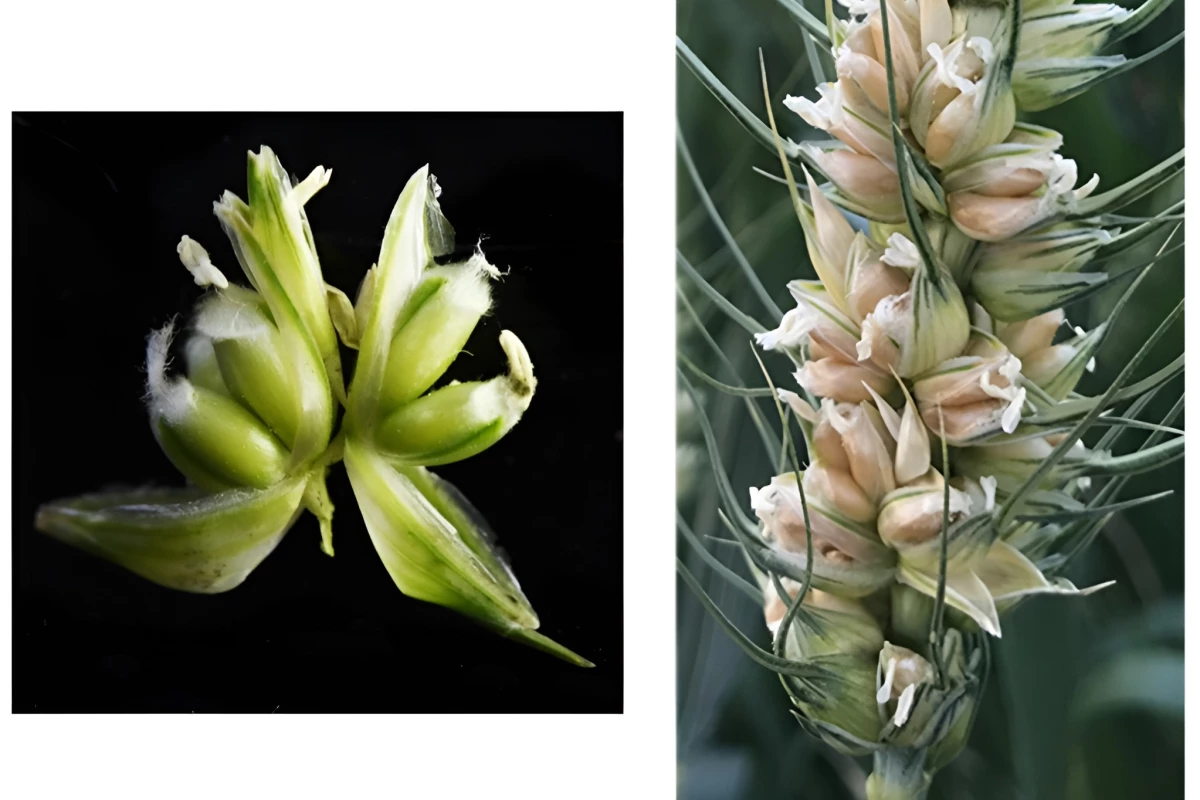A groundbreaking discovery by scientists at the University of Maryland could revolutionize wheat production by potentially tripling grain yields. This advancement centers on a genetic mutation in wheat plants known as Multi-Ovary Wheat (MOV), which allows each floret—the flowering part of the plant—to produce up to three grains instead of just one.
Research indicates that the key to this increased yield lies in a gene called WUSCHEL-D1 (WUS-D1), which is typically dormant in conventional wheat. The research team meticulously mapped the DNA of MOV wheat and compared it to that of standard bread wheat, leading to significant findings. They discovered that in MOV wheat, the WUS-D1 gene is activated, enhancing the development of female flower parts, including ovaries and pistils.
Implications for Future Wheat Breeding
According to Assoc. Prof. Vijay Tiwari, co-author of the study, understanding the genetic basis of this trait opens up new avenues for breeding programs aimed at developing higher-yielding wheat varieties. “Pinpointing the genetic basis of this trait offers a path for breeders to incorporate it into new wheat varieties, potentially increasing the number of grains per spike and overall yield,” Tiwari explained.
The potential impact of these findings is substantial, particularly in the context of global food security. With the world’s population expected to exceed 9 billion by 2050, increasing agricultural productivity is crucial. Current agricultural practices often face limitations regarding land, water, and fertilizer availability. Therefore, the ability to triple grain yield from existing wheat crops could significantly enhance food supply without the need for additional resources.
Next Steps in Research and Development
The research, published in the Proceedings of the National Academy of Sciences, emphasizes the importance of gene editing technologies in this endeavor. By activating the WUS-D1 gene in conventional wheat plants, researchers aim to create cultivars that not only yield more grain but also adapt better to varying environmental conditions.
This discovery not only represents a significant step forward in agricultural science but also offers hope for sustainable farming practices. As the implications of this research unfold, the agricultural sector may soon see the emergence of wheat varieties that can produce more food, helping to meet the demands of a growing global population.
Overall, the work at the University of Maryland marks an exciting development in the quest for higher agricultural yields and improved food security worldwide.





































































